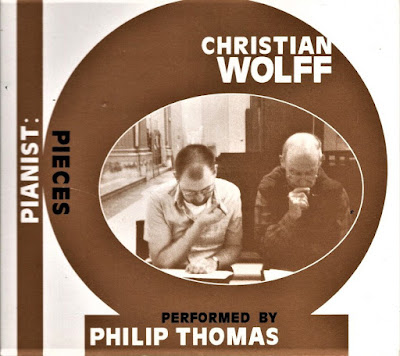For many, Miles Davis passed beyond the pale when he embraced electric instruments, funk and soul rhythms, avant-guard touches, and other elements to his music by 1970. While In A Silent Way and Bitches Brew caused consternation, the situation only became more controversial as the first half of the decade crawled on.
On The Corner from 1972 fully embraced a youth-oriented sound and was roundly lambasted and then Davis took his sound into even more diverse realms with sprawling double albums, studio and live, that alienated many of this long-time fans and frustrated fellow musicians, many close friends. Typically, he pressed on, though the effects of alcohol and drugs, often a result of self-medication for a variety of physical ailments and mental and emotional turmoil, have often been debated.
Get Up With It, released by Columbia on 22 November 1974 and with Teo Macero's usual production wizardry, is a compilation of pieces from May 1970 to October 1974 that is both confounding and thrilling. It has two very long musical meditations in "He Loved Him Madly," a heartfelt tribute to the recently deceased Duke Ellington, and the great "Calypso Frelimo" that find Miles exploring what would later be broadly called "ambient" sound.
"Red China Blues" is pretty straight-forward, on the other hand, while "Rated X" is a razor-sharp and often wickedly propulsive piece with avant-garde touches. The other tunes are named for people in the leader's life, including "Maiysha," "Mtume," named for the single-monikered percussionist in his band, and the funky "Billy Preston," who is now back in the spotlight because of the late keyboardist's fundamental contributions to the Beatles' Let It Be sessions, the subject of Peter Jackson's new documentary.
For its time, though really for any era, this is an astonishing album with its wildly experimental bent, explorations of genre, and performances by quite a roster of master musicians including the incredible Pete Cosey on guitar, Sonny Fortune on flute, guitarist John McLaughlin, pianists Herbie Hancock and Keith Jarrett, and drummer Al Foster. Having tabla player Badal Roy and electric sitarist Khalil Balakrishna on some tracks really adds a great international perspective and Michael Henderson's bass is too repetitive for some, but is exactly what his boss wanted and it holds everything together. Saxophonist David Liebman, who played on the two long masterpieces, contributes really insighful liner notes to the 2000 remaster.
In under a year, an exhausted, pain-wracked and addicted Davis abruptly quit performing, not to return for six years. While he got cleaned up and relatively healthy, his music was entirely different, less challenging and generally just not as interesting as before. Yet, he was clearly happier and in better shape, physically and mentally. When I saw him three times in the late 80s, he was having fun, even if the music was not as creative as it had been for most of thirty years—an incredible run by any artistic standard. It's sometimes hard to believe Miles been gone for three decades, but Get Up With It is a favorite of his for this listener.


























